This part is for what you need to know about Cloud Native tools and principles.
Cloud native is essential for DevOps and SRE roles ☁️🌎 It allows you to build and run scalable applications in modern, dynamic environments 🚀 Cloud native technologies are highly customizable and can be used across a wide range of systems 🌐
👷♂️👷♀️ Infrastructure as code (IaC) is a DevOps methodology that uses versioning with a descriptive model to define and deploy infrastructure such as networks, virtual machines, load balancers, and connection topologies.
👩💻👨💻 Virtual machines are software that emulate hardware and run operating systems. They are useful for DevOps and SRE roles because they allow testing, deploying and scaling applications in different environments.
🌩️🌐👩💻 Cloud Computing Private cloud: dedicated resources for one organization, more control and security, higher cost and maintenance. Public cloud: shared resources for multiple organizations, less control and security, lower cost and maintenance. Choose wisely!
🤖🔧👨💻 Automation: using software to perform tasks that are repetitive, error-prone, or time-consuming, such as testing, deployment, monitoring, etc. Configuration management: using tools to manage the state and behavior of systems and applications, such as Ansible, Puppet, Chef, etc. Work smarter, not harder!
🐳🚀👩💻 Container Runtime is the software layer that enables containers to run on a host machine. It provides an interface between the container engine and the operating system. It also manages the container lifecycle and resources.
🌐🔌👩💻 Modern API Technologies are the tools and methods that enable developers to create, test, document, and deploy APIs. They include frameworks, protocols, standards, and platforms that facilitate API development and integration.
🐙🛠👩💻 Kubernetes is an open-source system for automating deployment, scaling, and management of containerized applications. It orchestrates clusters of nodes and pods that run containers across different environments.
🕸🛡👩💻 Service Proxy and Service Mesh are technologies that enable communication and security between microservices. A service proxy is a software agent that intercepts and handles network requests. A service mesh is a network of service proxies that manage traffic and policies.
🔄🚀👩💻 CI/CD is a set of practices that enable faster and reliable delivery of software. CI stands for continuous integration , which means merging code changes frequently and testing them automatically. CD stands for continuous delivery or deployment , which means releasing software to production with minimal manual intervention.
📺📨👩💻 Streaming and Messaging are techniques that enable asynchronous and real-time data processing for app development. Streaming is the continuous ingestion and analysis of data from various sources. Messaging is the exchange of data between applications or services via a broker or a queue.
👀📊👩💻 Observability is the ability to monitor and understand the internal state and behavior of a system based on the external outputs. It involves collecting and analyzing metrics, logs, and traces from various components and sources. Observability helps to identify and troubleshoot issues, optimize performance, and improve reliability.
🚀🌩️🔥 Serverless is a cloud computing model that allows developers to run code without provisioning or managing servers. It is ideal for DevOps and SRE roles who want to focus on business logic, scalability and cost-efficiency.
That's all for this part - Cloud Native.
Next part is NON SRE/DEVOPS, a small one so it's below.
NON DevOps/SRE
There is no such a thing as NON-SRE/DevOps part in a SRE/DevOps guide, what I meant is some additional knowledge that you need or don't depending on your situation.
I'm a telecommunications engineer so I know that pretty well. You definitely need to learn some networking.
Extra things that I (and maybe you) know or want to understand better are cryptography, project management (mostly Agile), licencing and important Organisation (like CNCF, FSF, etc.). As I'm a huge Bitcoin only fan I know some things around blockchains too.



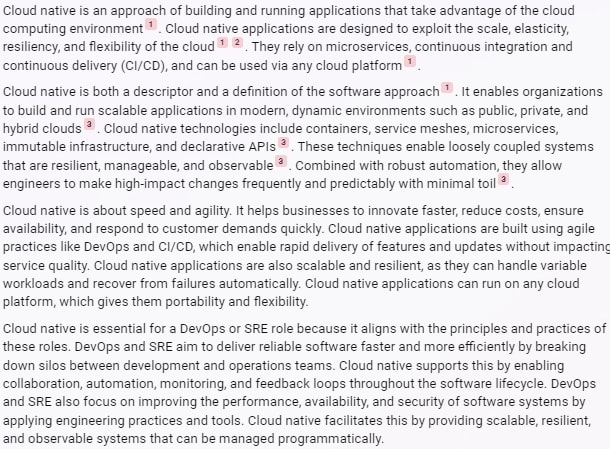


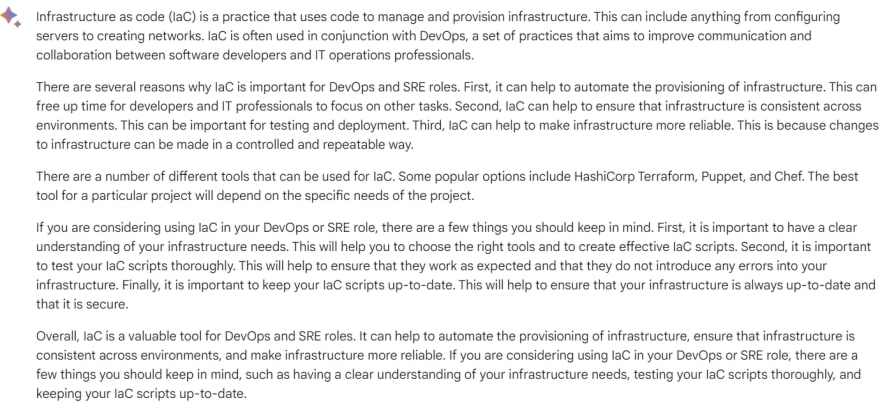

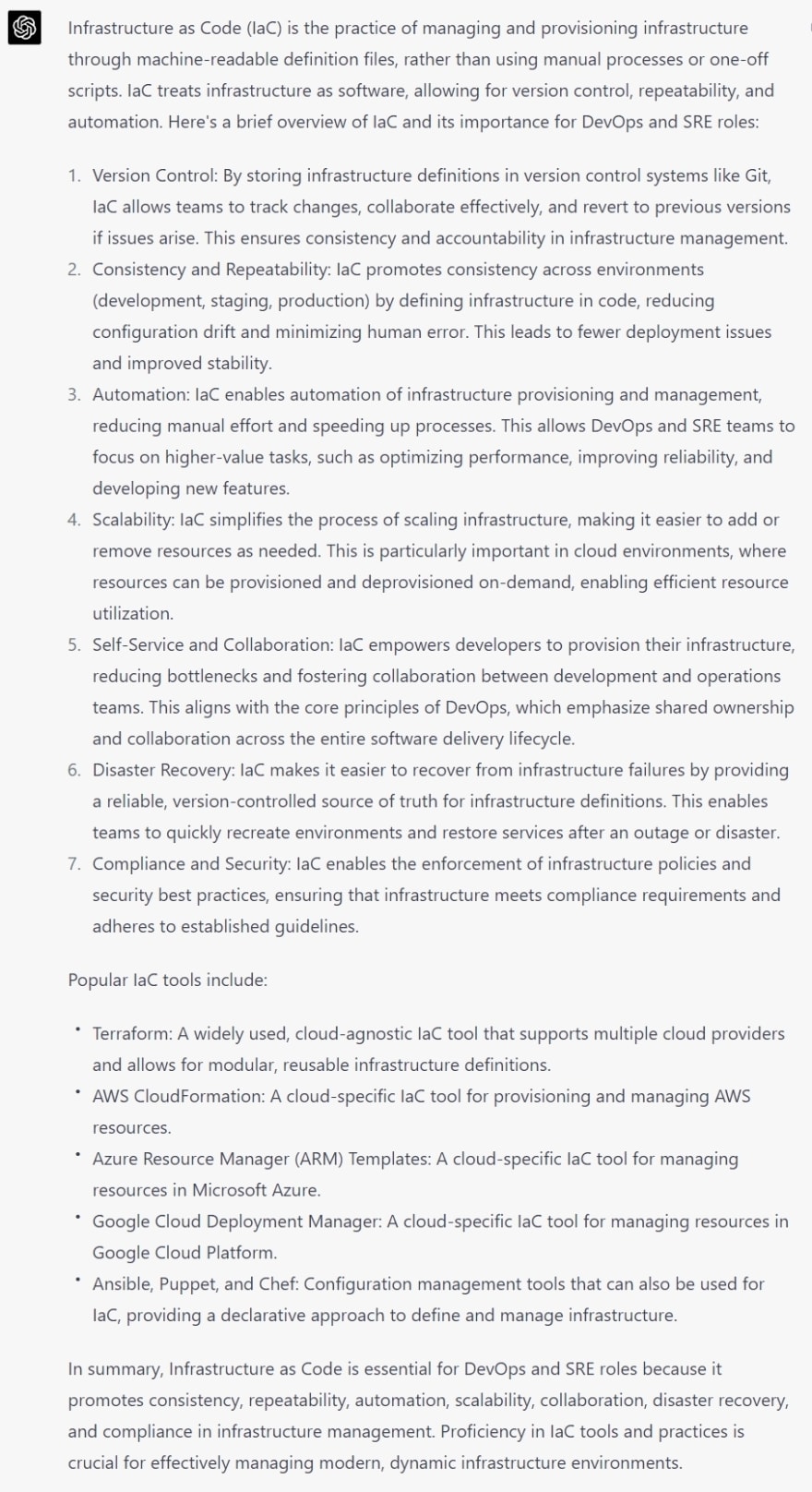
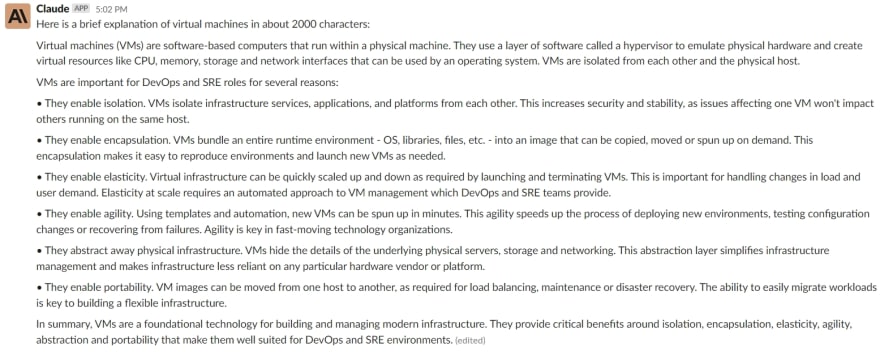
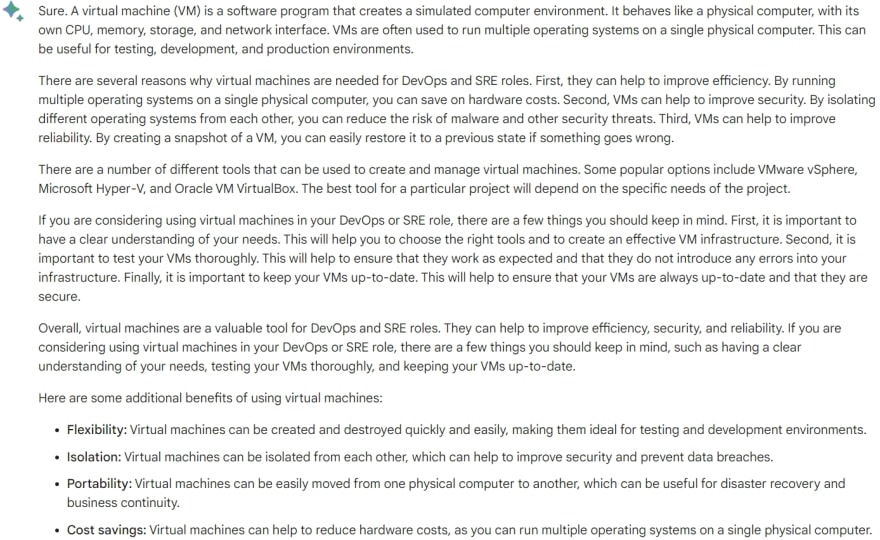
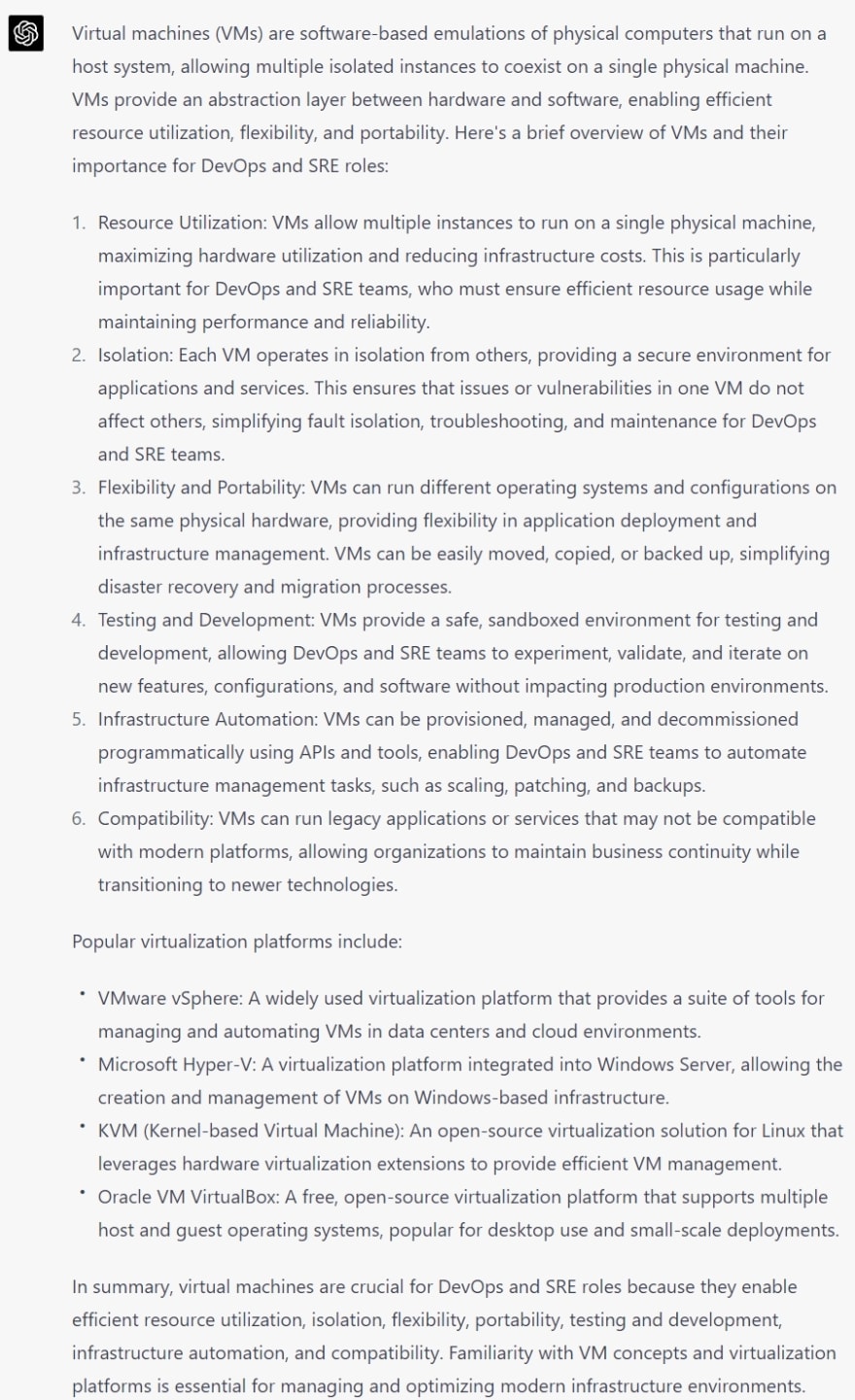
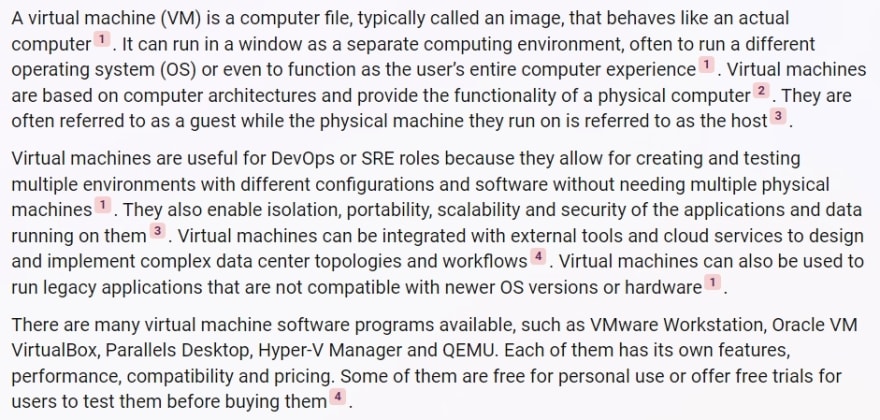


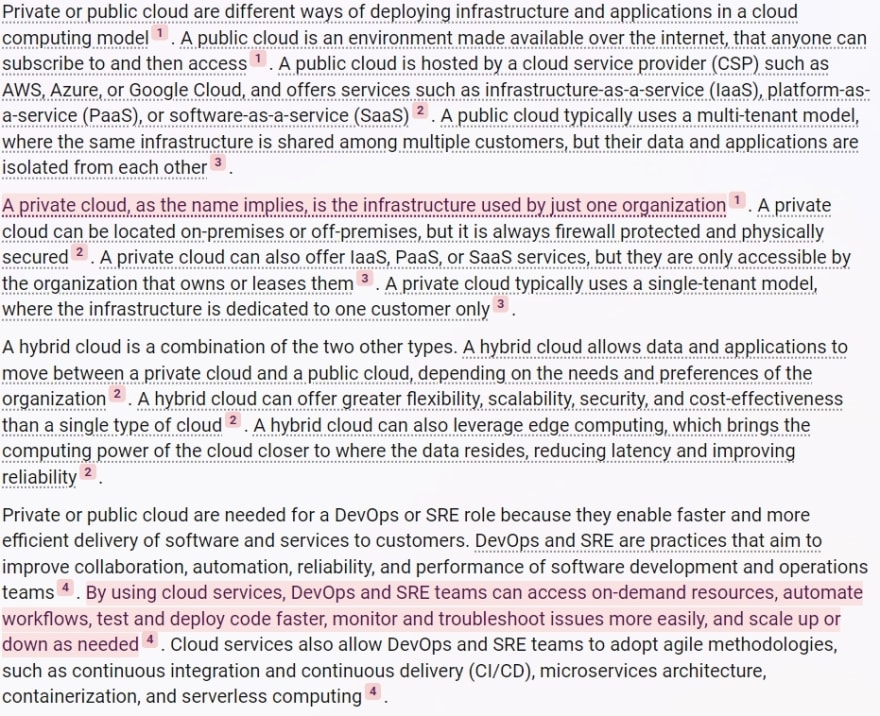
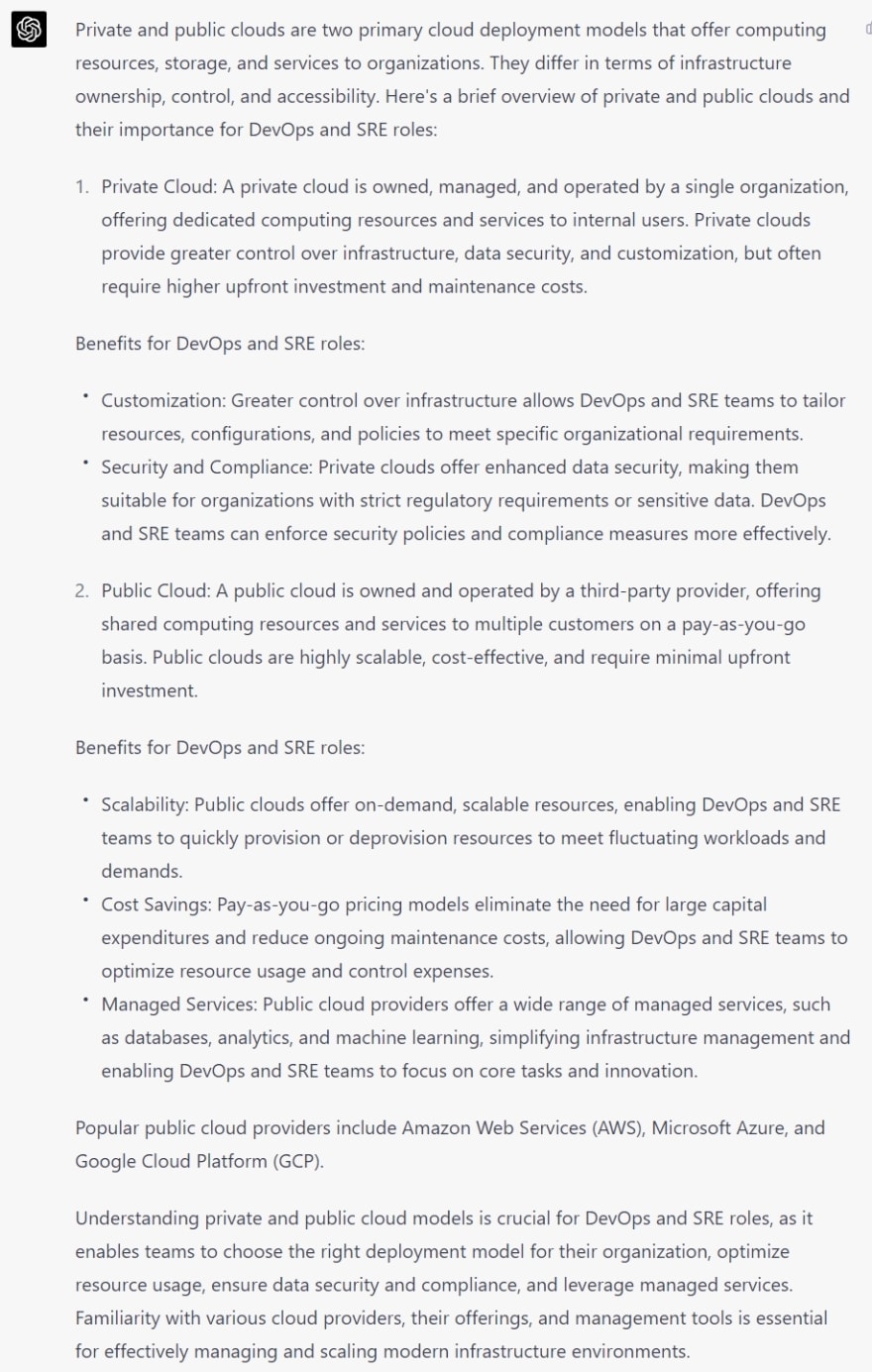

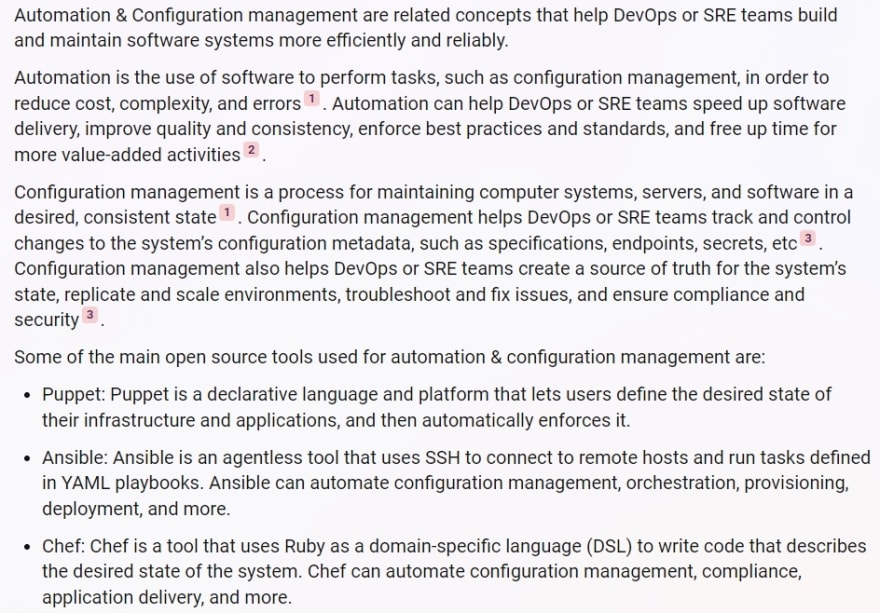
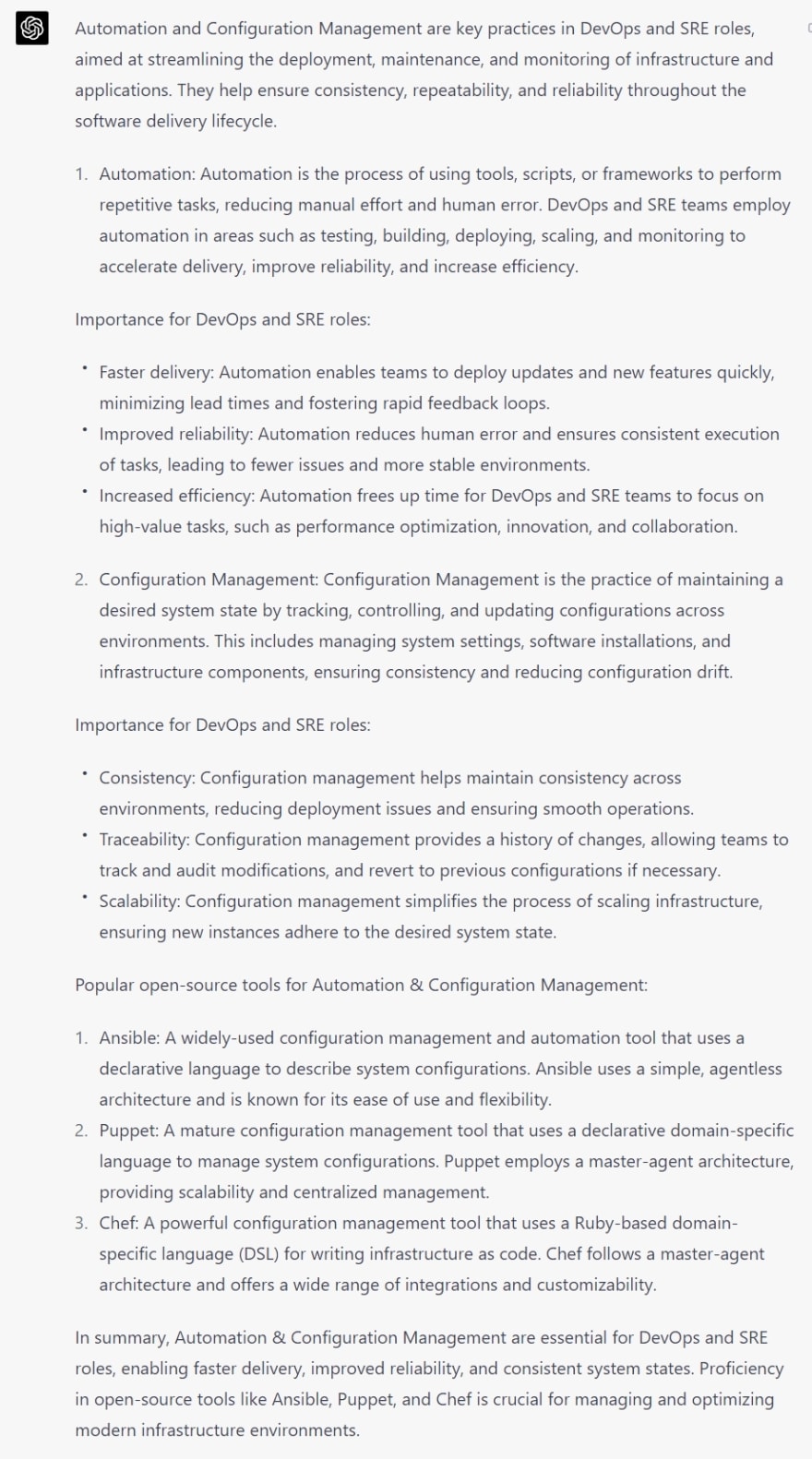

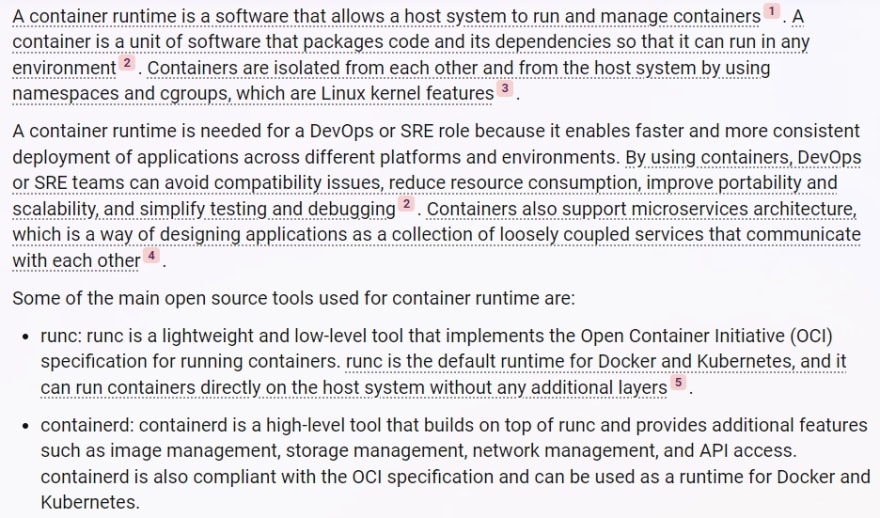


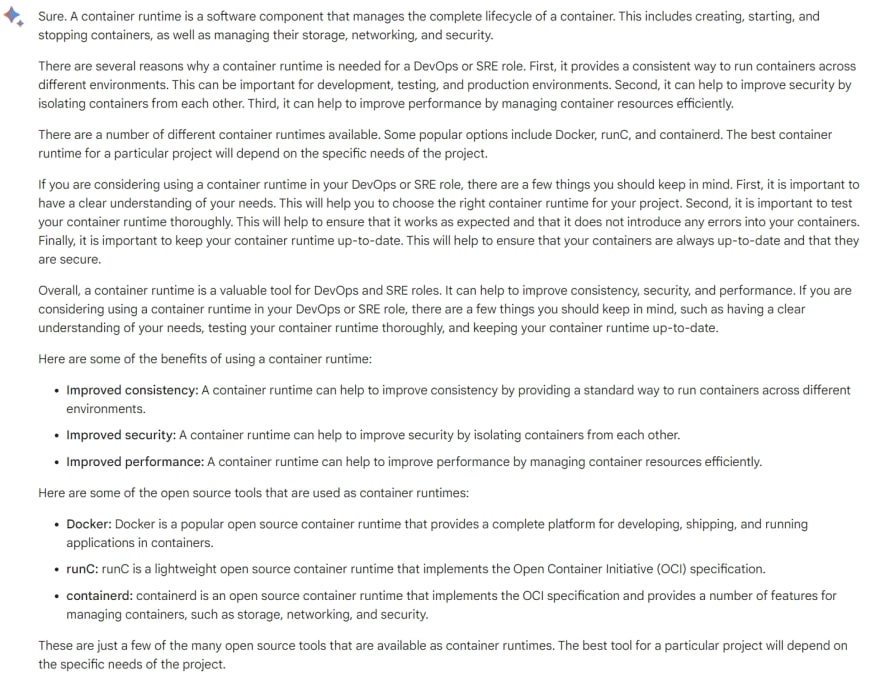

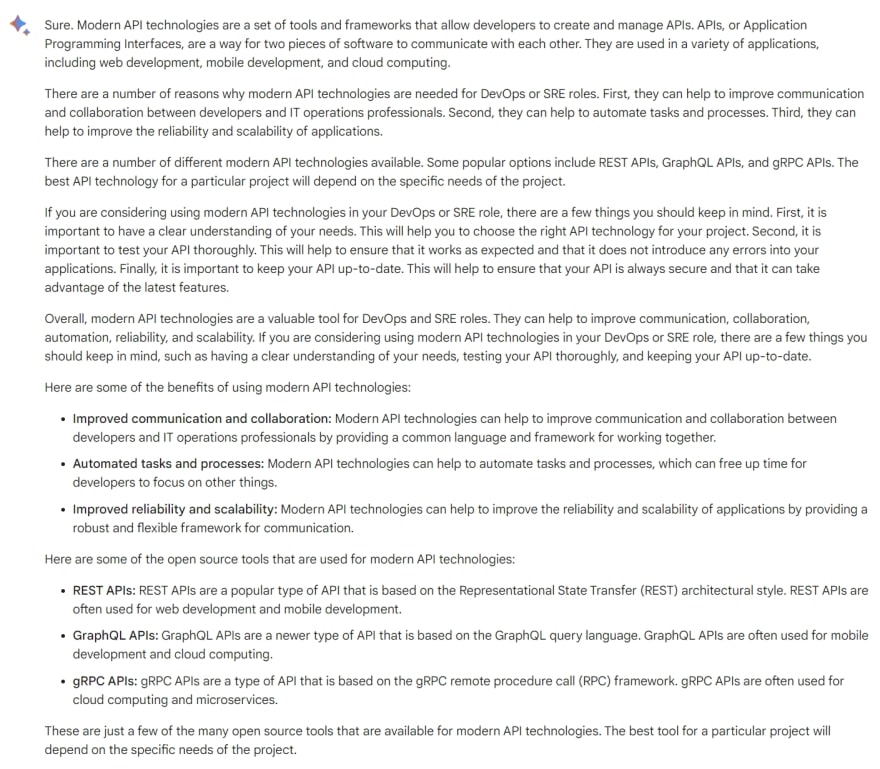


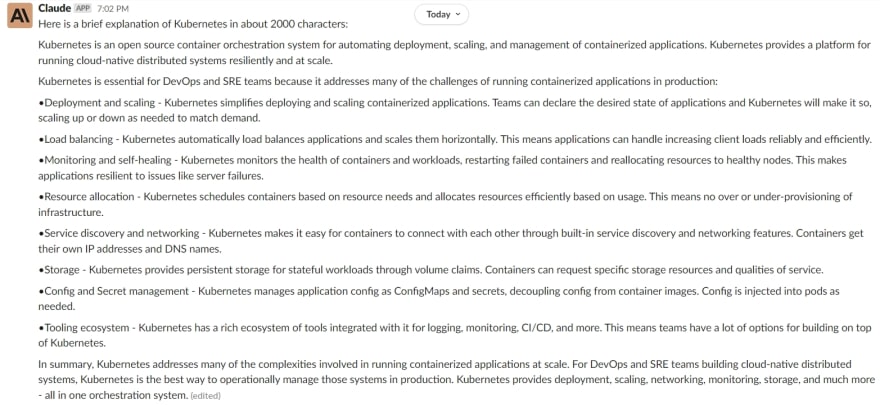



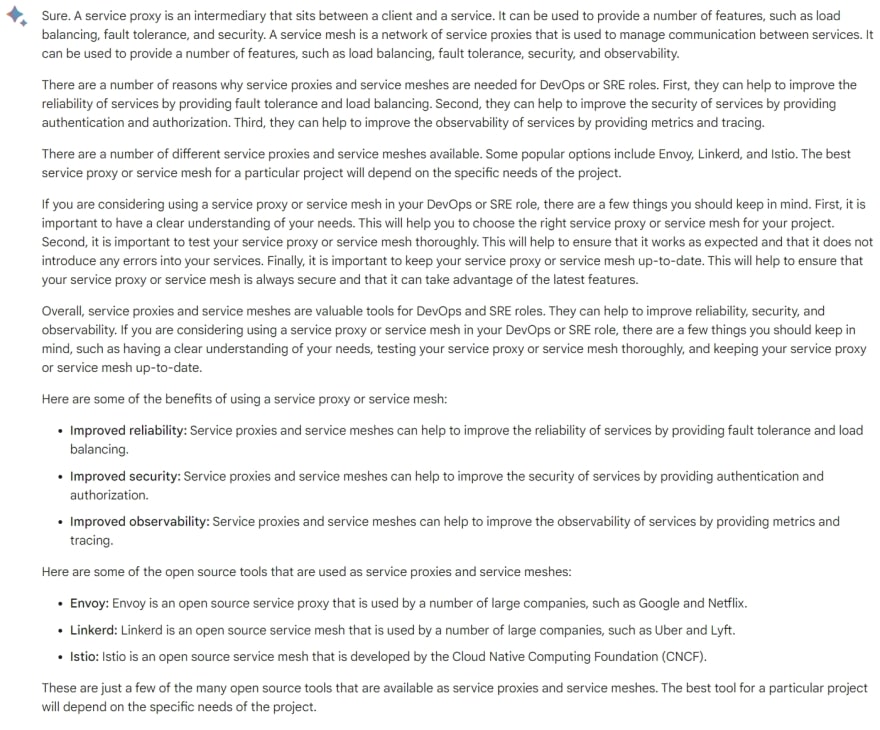

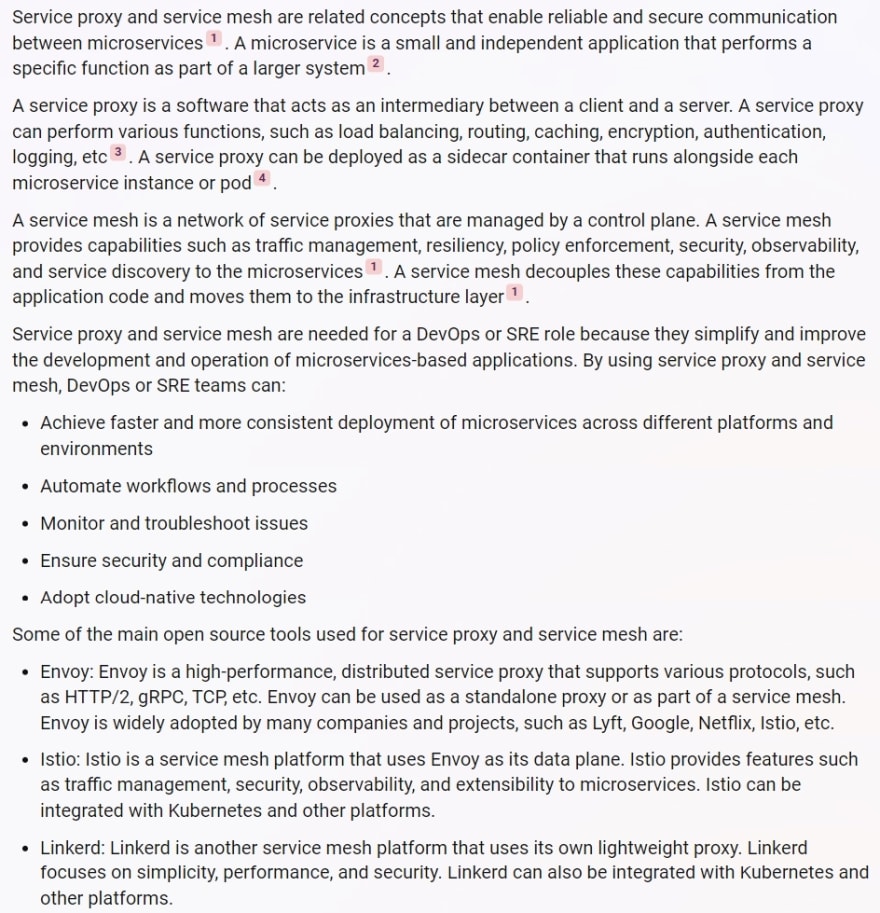

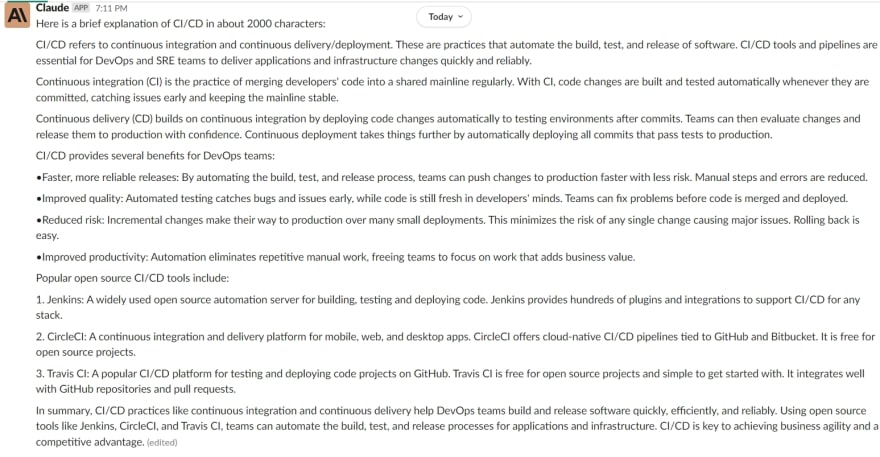
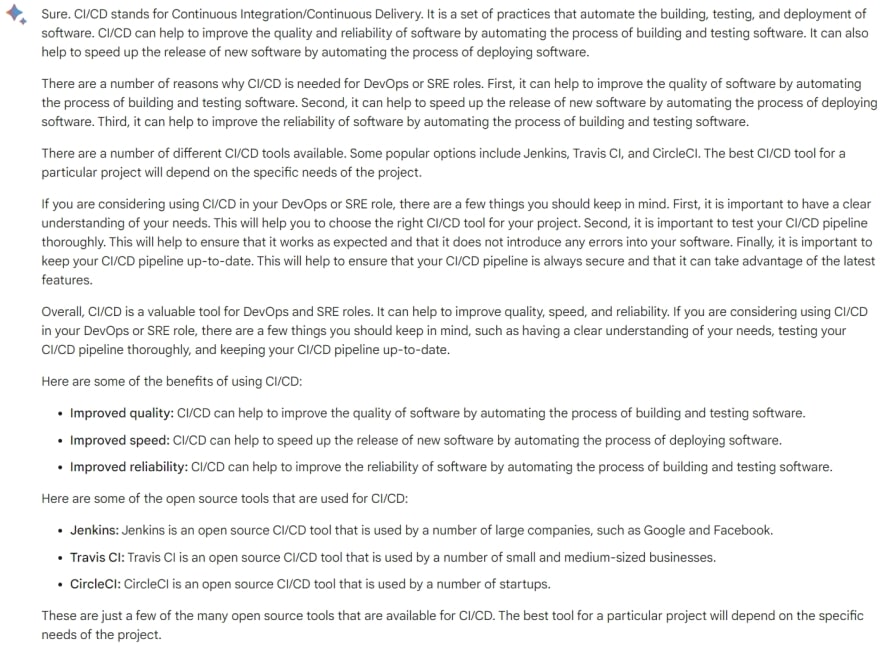
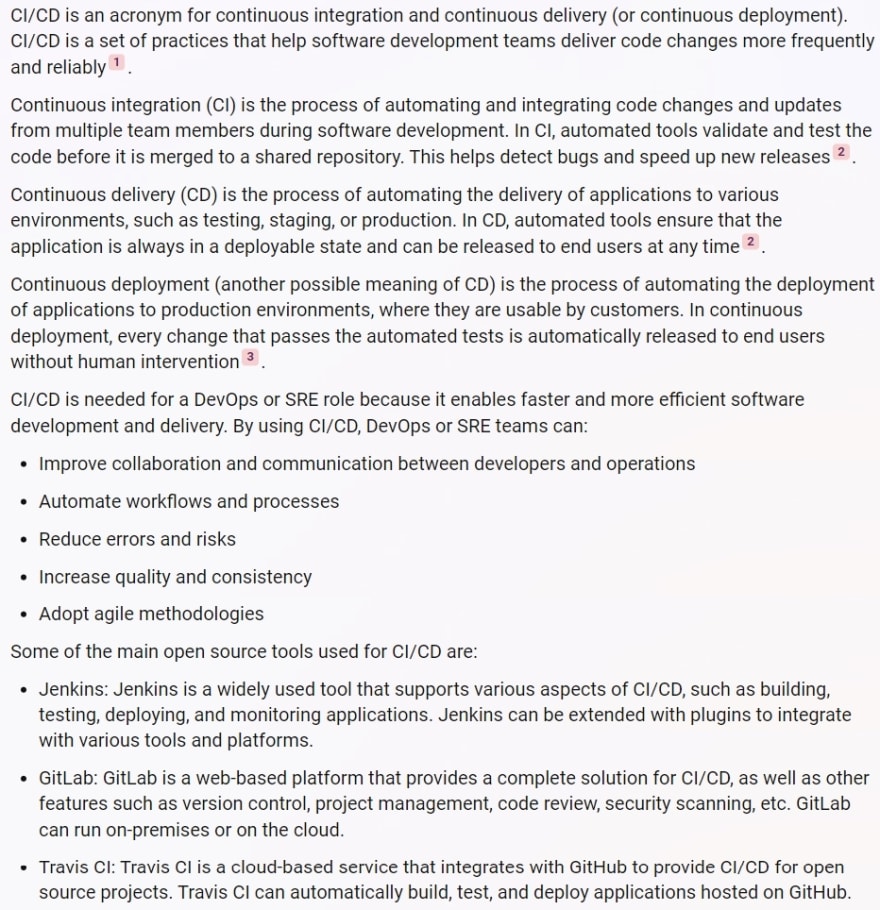
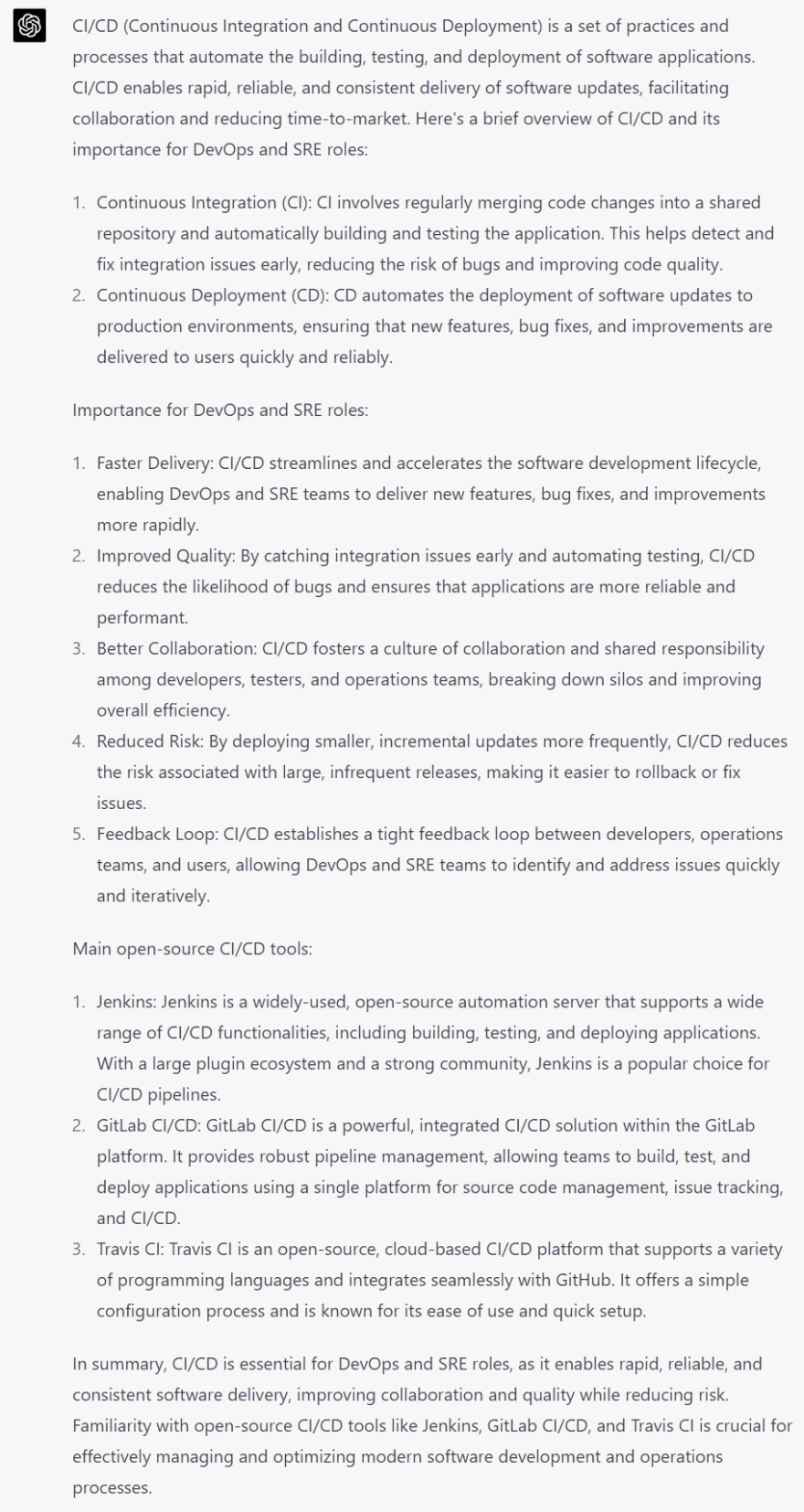






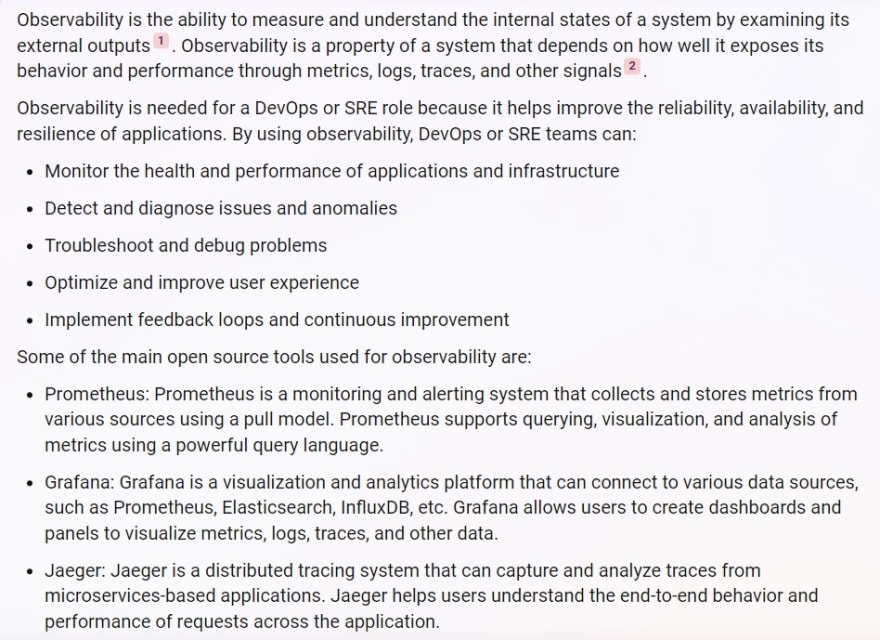
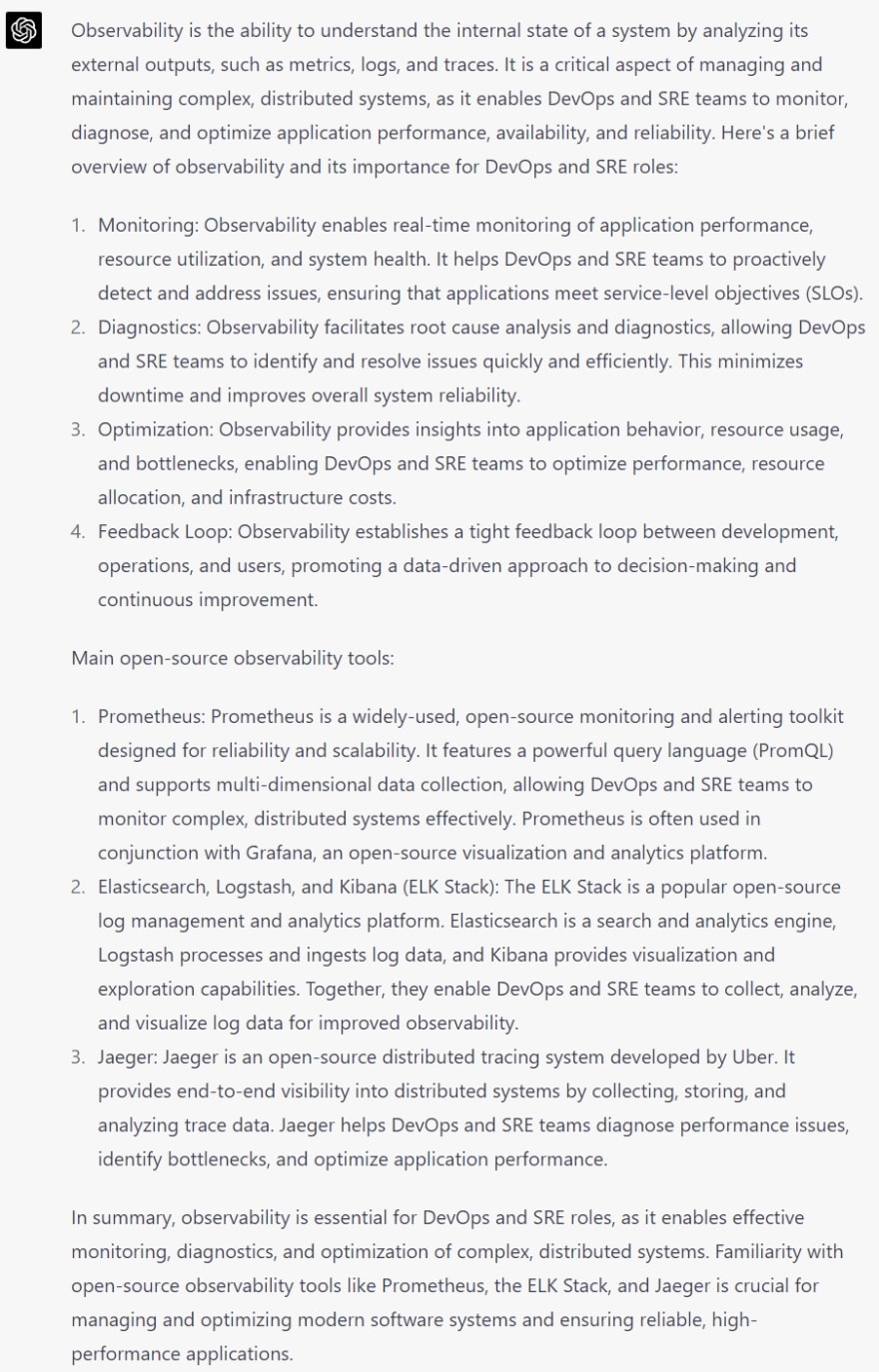
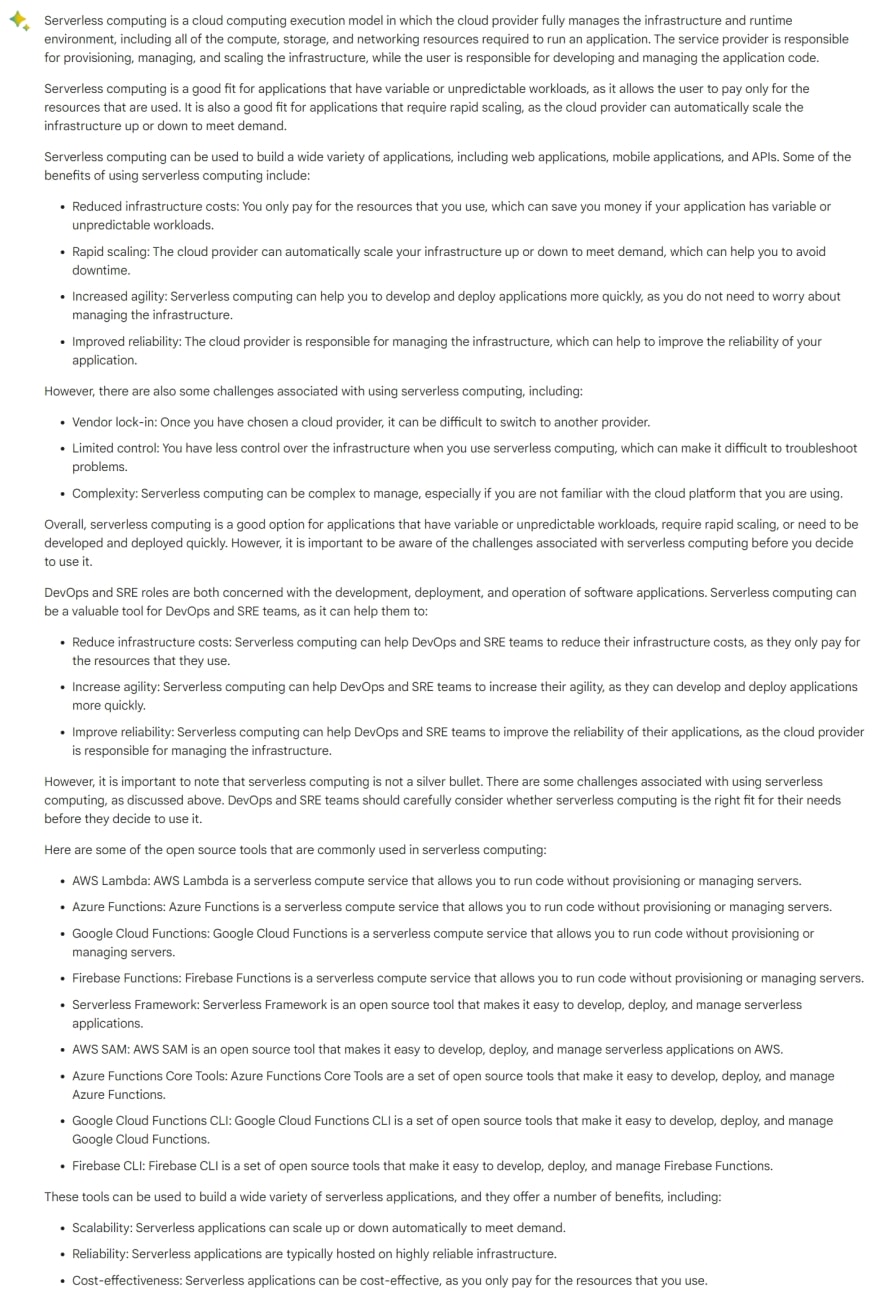
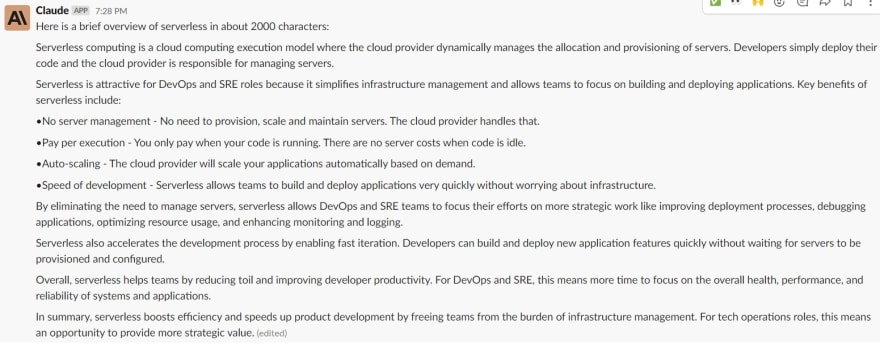



Top comments (0)